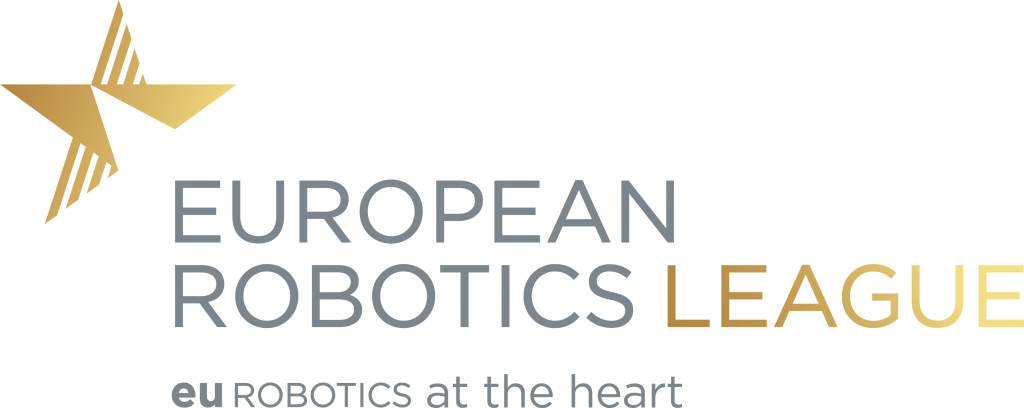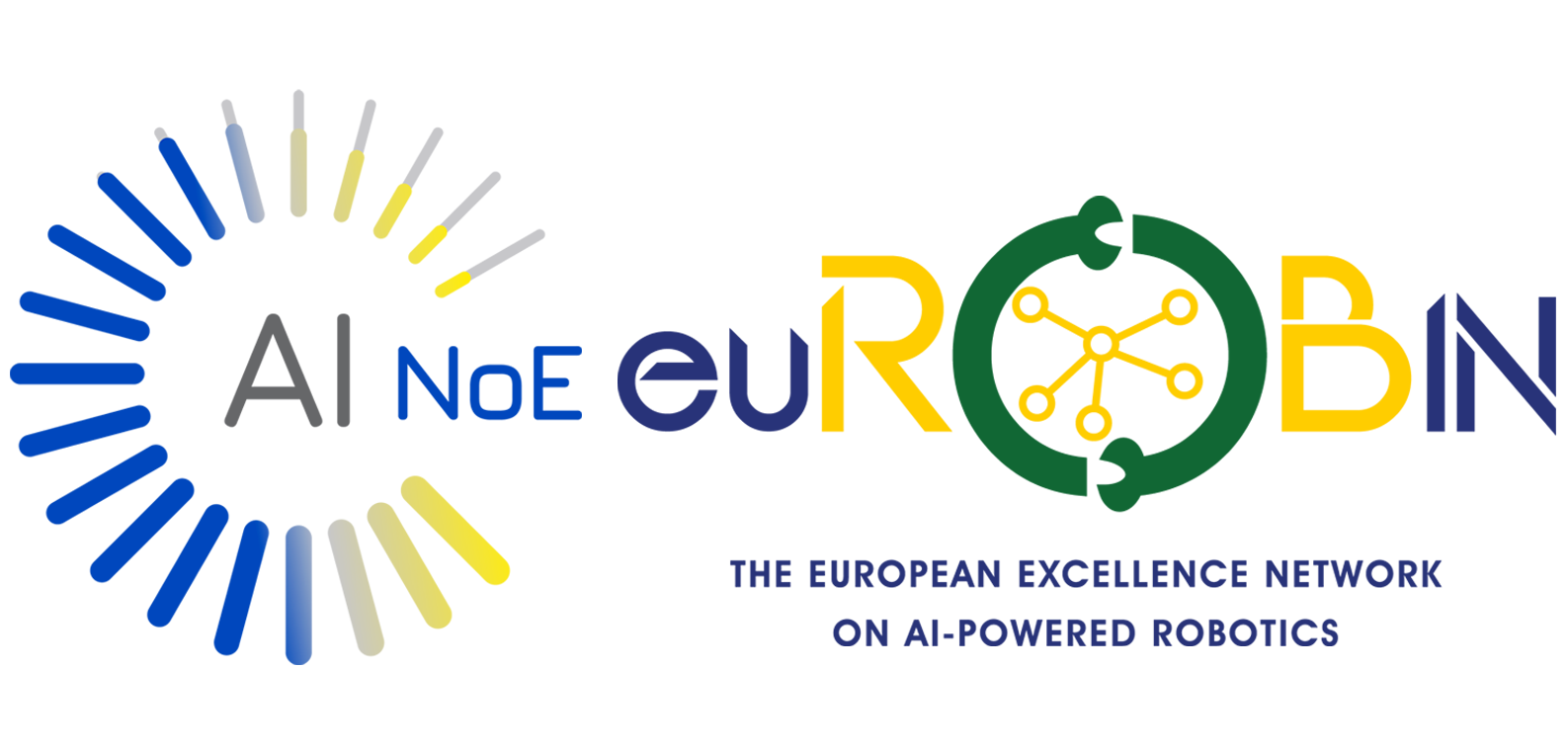
From November 25 to 28, 2024, the 1st euROBIN Coopetition will take place in Nancy, France, following Humanoids 2024, the IEEE-RAS 2024 International Conference on Humanoid Robots.
euROBIN coopetitions are designed not only to test individual team capabilities but also to foster collaborative innovation by rewarding teams for both their own achievements and the successful integration of their developed modules by others. By promoting modularity, reusability, and transferability in robotic systems, euROBIN aims to advance the frontier of robotics and artificial intelligence, driving progress in diverse application domains such as robotic manufacturing, personal robotics, and outdoor robotics for sustainable communities. Hereby, with these profiles we would like to welcome you to the pioneering world of the euROBIN project, where the brightest robotic teams from across Europe converge to participate in this groundbreaking event.

Since 1999, KIT building autonomous humanoid robots under a comprehensive view so that a wide range of tasks (and not only a particular task) can be performed.
The research activities in this area in KIT, include the specification and design of humanoid components, the development of dedicated hardware for sensory data processing and motor control as well as the design of software frameworks, which allow for the integration in humanoid robots that are in rich in sensory and motor capabilities.
They will present the ARMAR-7 robot to the Coopetition.
- NAME: Karlsruhe Institute of Technology (KIT)
- TYPE: University
- LEADER CONTACT: Tamim Asfour
- PRESS CONTACT: To be confirmed
- URL WEBSITE: https://h2t.iar.kit.edu/
english/index.php - LINKEDIN: https://de.linkedin.
com/company/humanoids-kit - VIDEOS:
- ROBOTS OR PRODUCTS
-
- ARMAR Humanoid Family: https://h2t.iar.kit.edu/
english/397.php - ARMAR-7: The newest member of the ARMAR Humanoid Family was developed in 2024 for performing assistance tasks, e.g. in care facilities and households.
- ARMAR Humanoid Family: https://h2t.iar.kit.edu/
- TECHNICAL DESCRIPTION OF THE ROBOT/PRODUCTS:
ARMAR-7 is a dual-arm humanoid robot with humanoid hands, head, torso, and a holonomic mobile platform. It was designed with anthropomorphic dimensions to be suited to for-human-made environments.
All 32 controllable DoF, as well as a variety of sensors such as torque sensors in many joints, force-torque sensors in the wrists, and absolute encoders, among others, are connected and operated using an EtherCAT field bus system.
ARMAR-7 is equipped with various skills allowing it to perform a variety of assisting tasks in for-human-made environments, such as opening doors, loading a dishwasher, and hand-over objects.

- STAND IN HUMANOIDS 2024: To be confirmed

